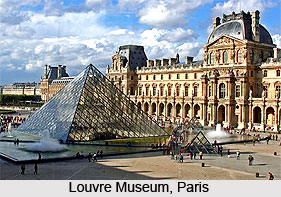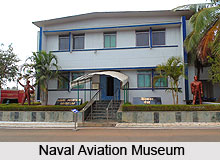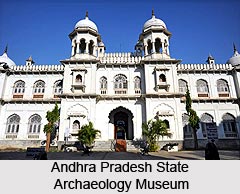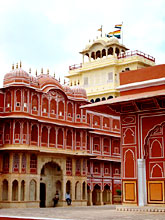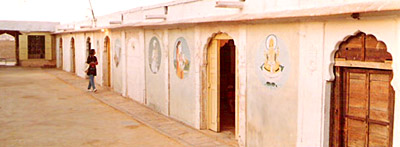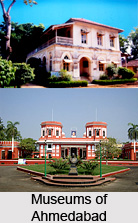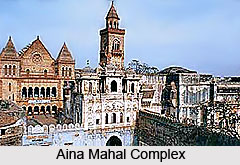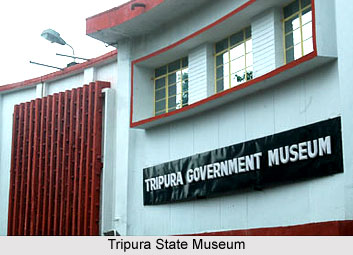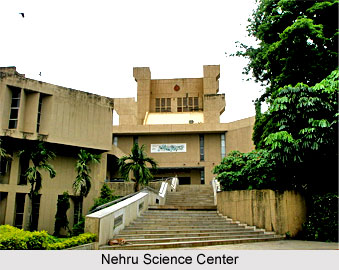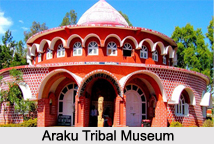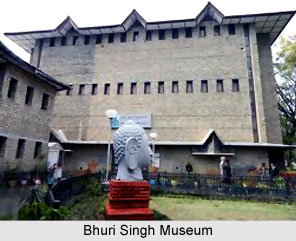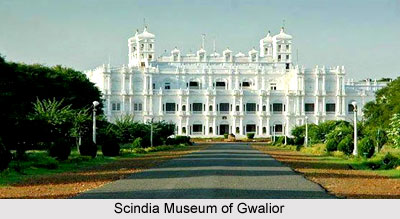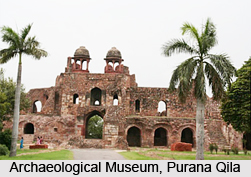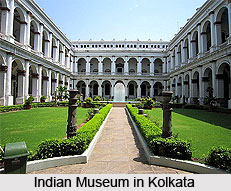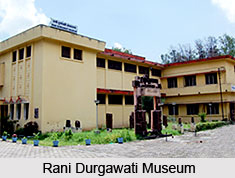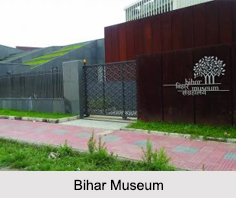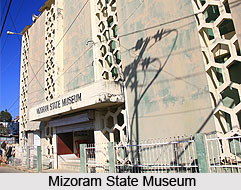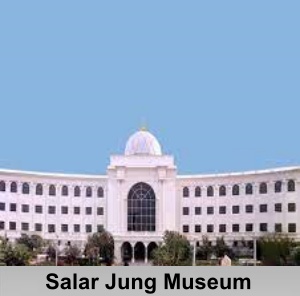 Situated gracefully on the southern bank of the Musi River in the vibrant city of Hyderabad, Telangana, the Salar Jung Museum stands as an emblem of cultural richness and historical grandeur. Established in 1951, this distinguished museum was once the private collection of the illustrious Salar Jung family, renowned for their deep appreciation and relentless pursuit of art from across the globe. Today, it proudly holds its place among the notable National Museums of India, offering visitors a glimpse into the diverse and enchanting world of art and heritage.
Situated gracefully on the southern bank of the Musi River in the vibrant city of Hyderabad, Telangana, the Salar Jung Museum stands as an emblem of cultural richness and historical grandeur. Established in 1951, this distinguished museum was once the private collection of the illustrious Salar Jung family, renowned for their deep appreciation and relentless pursuit of art from across the globe. Today, it proudly holds its place among the notable National Museums of India, offering visitors a glimpse into the diverse and enchanting world of art and heritage.
History of Salar Jung Museum
The origin of the Salar Jung Museum traces back to the visionary Nawab Mir Yousuf Ali Khan, popularly known as Salar Jung III. Born into the esteemed Salar Jung family, he inherited a legacy deeply rooted in art, culture, and governance. While his ancestors had served as prime ministers in the Nizam rule of Hyderabad-Deccan, Salar Jung III`s passion lay in the realm of art and literature.
Dedicating his life to enriching his collection, Salar Jung III scoured the corners of the world, amassing a treasure trove of sculptures, paintings, manuscripts, ceramics, textiles, and more. His discerning eye and unwavering commitment to the arts turned his ancestral palace into a haven for rare artifacts, attracting admirers from far and wide.
Upon his demise in 1949, the absence of an heir led to a pivotal moment in history. The Salar Jung family, recognizing the significance of their unparalleled collection, selflessly bequeathed it to the nation. Thus, on 16th December 1951, the doors of the Salar Jung Museum were flung open to the public, marking the beginning of a new chapter in its illustrious journey.
Over the years, the museum`s legacy continued to flourish, culminating in its formal recognition as an "Institution of National Importance" by an Act of Parliament in 1961. Under the patronage of esteemed leaders like Pandit Jawaharlal Nehru and Dr. Zakir Hussain, the museum evolved into a beacon of cultural heritage, captivating the imagination of art enthusiasts worldwide.
Collections at Salar Jung Museum
The Salar Jung Museum welcomes visitors to an immersive world of unparalleled beauty and craftsmanship. Spanning continents and centuries, the museum`s vast collection showcases the finest works of art from Japan, China, Burma, Nepal, Persia, Egypt, Europe, and North America.
Classical Masterpieces: At the heart of the museum lie classical masterpieces collected by Salar Jung III himself. Marvel at the exquisite Veiled Rebecca, a marble statue acquired from Rome, or admire the set of ivory chairs gifted by Louis XVI of France to Tippu Sultan of Mysore. Each artifact tells a story of opulence and artistic brilliance, preserving the legacy of bygone eras.
Indian Miniature Painting: Delve into the rich tapestry of Indian miniature painting, where vibrant colors and intricate details come to life. From Mughal and Rajasthani schools to Deccan and Malwa traditions, the museum`s collection spans centuries of artistic evolution. Witness iconic works like "The Birth of the Prince" and "Madonna with Child," each a testament to India`s rich cultural heritage.
Modern Painting: While rooted in tradition, the museum also embraces the dynamism of modern art. Explore works by renowned Indian artists like Ravi Verma, M. F. Husain, and Rabindranath Tagore, each offering a unique perspective on contemporary themes and narratives.
Ivory Carving: Admire the intricacy of ivory carvings, from furniture and lamps to chess sets and daggers. Highlights include the ivory chair gifted to Tipu Sultan and a remarkable lamp showcasing exquisite craftsmanship from Mysore.
Jade Collection: The museum`s extensive jade collection features artifacts from the Mughal and Asaf Jah dynasties. With nearly a thousand objects on display, it offers a rare glimpse into the allure of jade craftsmanship spanning centuries.
Timeless Keeper of Time: Journey through the museum`s clock room, where ancient sundials and modern timepieces converge in a symphony of ticking mechanisms. From bird-cage clocks to grandiose musical marvels, each timepiece bears witness to the passage of time and the ingenuity of human innovation.
Heritage of Salar Jung Museum
As custodians of cultural heritage, the Salar Jung Museum remains committed to its mission of preserving and promoting art for future generations. Through curated exhibitions, educational programs, and scholarly research, it continues to enrich the cultural landscape of India and beyond.
With each passing year, the museum`s legacy grows stronger, drawing visitors from all walks of life to bask in the beauty of human creativity and ingenuity. In the hallowed halls of the Salar Jung Museum, history comes alive, and the echoes of centuries past resonate with every stroke of the brush and chisel.
